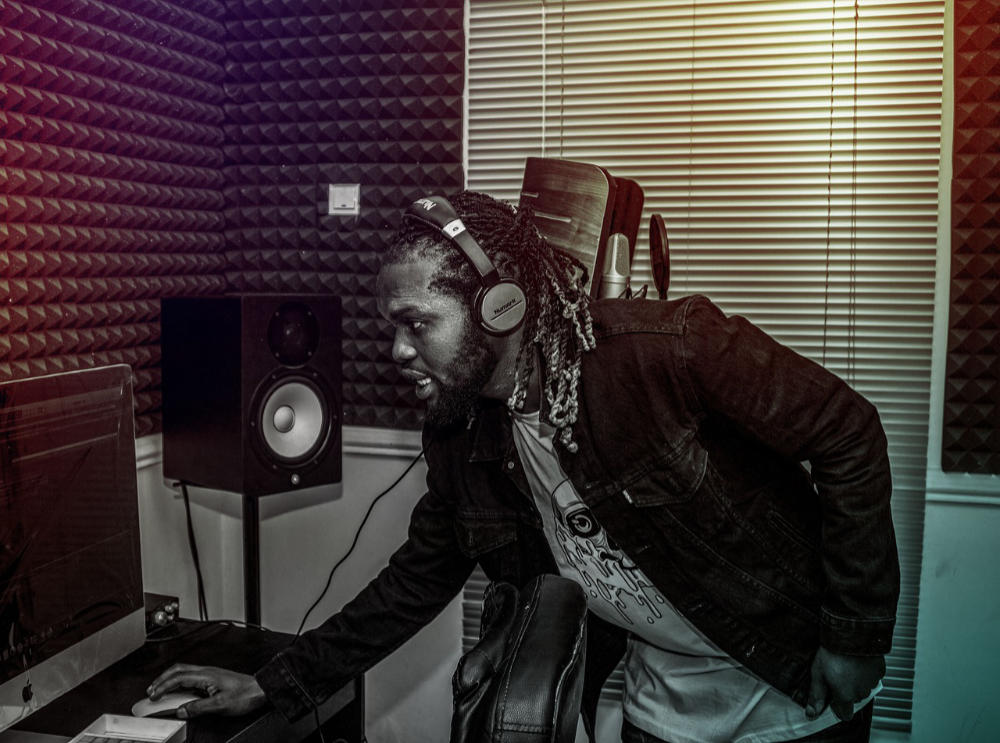Estimated reading time: 6 minutes
Sampling a song can add depth and creativity to a new track, but it’s important to understand the legalities involved. In the world of music production, sampling refers to taking a portion of a sound recording and reusing it in a new piece of music. However, when using samples, it is vital to ensure that the proper permissions are obtained from the copyright owner. This article will explore the essential tips for legally sampling a song and contacting the copyright owner.
Table of contents
- What is Sampling?
- Benefits of Sampling Music
- Types of Samples Used in Music Production
- Copyright Laws and Copyright Owners
- Understand the Copyright Laws Surrounding Sampling Music
- Identifying the Copyright Owner of a Sample
- Getting Permission to Use a Sample
- Finding the Right Sample for Your Track
- Different Genres of Music and Their Relevant Sounds
- Finding Sound Recordings with Drum Loops or Breaks
- Using Digital Audio Workstations and Standalone Samplers to Find Sounds
- Conclusion
- FAQ
What is Sampling?
Sampling in music production involves taking a segment of a sound recording, such as a drum beat, vocals, or instrumentals, and integrating it into a new composition. This technique is widely used across various genres, including hip-hop, electronic, and pop music. By sampling, producers can incorporate unique sounds and elements from existing songs into their own creations, adding a layer of complexity and creativity to their music.
The process of sampling can be as simple as using a single sample or as complex as combining multiple samples to create a new and distinct sound. However, it is crucial to understand the legal implications of sampling to avoid copyright infringement and legal repercussions.
Benefits of Sampling Music
Sampling music offers several benefits to music producers and artists. It allows for the integration of iconic sounds from well-known songs into new compositions, providing a sense of familiarity and nostalgia to listeners. Additionally, sampling can be a cost-effective way to access high-quality sounds and instruments that may not be readily available for recording in a studio.
Moreover, sampling can serve as a tribute to the original artists and their work, introducing a new audience to timeless melodies and rhythms. When done legally and with the appropriate permissions, sampling can be a powerful tool for creating innovative and captivating music.
Types of Samples Used in Music Production
In music production, various types of samples are commonly used to enhance and enrich the sound of a track. These samples can range from short, percussive elements to longer acapella vocal or instrumental segments. Understanding the different types of samples is essential for creating a cohesive and well-crafted composition.
| Type of Sample | Description |
|---|---|
| Drum Hits | Short, percussive sounds used for rhythm and beats |
| Vocal Samples | Segments of singing or spoken words |
| Instrumental Samples | Extracts of musical instruments and melodies |
| Sound Effects | Audio clips that add atmospheric or textural elements |
Copyright Laws and Copyright Owners
Understanding the legal framework surrounding copyright laws and ownership is crucial for anyone involved in music production, especially when it comes to sampling existing music.
Understand the Copyright Laws Surrounding Sampling Music
Before embarking on a sampling project, it is imperative to familiarize oneself with the copyright laws that govern music sampling. In many jurisdictions, using even a small portion of a copyrighted sound recording without permission can constitute copyright infringement. Therefore, being well-versed in the relevant copyright laws is essential for avoiding legal disputes and protecting one’s creative endeavors.
What is Sampling in Music? Understanding the Intricacies of Music Sampling
Identifying the Copyright Owner of a Sample
When considering sampling a song, it is vital to identify and locate the copyright owner of the original recording. The copyright owner is typically the individual or entity that holds the rights to the sound recording, and obtaining permission from them is essential for legally using the sample in a new composition. Contacting the copyright owner may involve reaching out to the artist, record label, or music publisher associated with the original recording.
Getting Permission to Use a Sample
Once the copyright owner of the sample has been identified, the next step is to secure permission to use the sample in a new composition. This can involve negotiating the terms of use, including any potential royalties or licensing fees. It is crucial to obtain a clear and documented agreement with the copyright owner to ensure that the sampling is done legally and ethically.
Finding the Right Sample for Your Track
In the process of sampling a song, finding the right sample that complements the new track is essential for creating a cohesive and harmonious piece of music.

Different Genres of Music and Their Relevant Sounds
Different genres of music often incorporate specific sounds and elements that are characteristic of the genre. For example, hip-hop music may feature prominent drum loops and vocals, while electronic music may utilize synthesized instrumentals and ambient soundscapes. Understanding the relevant sounds associated with different genres can help producers identify suitable samples for their tracks.
Finding Sound Recordings with Drum Loops or Breaks
Drum loops and breaks are integral components of many music genres, providing rhythmic foundations and driving the energy of a track. When sampling for percussion elements, producers may seek out sound recordings with distinct drum patterns and breaks that can elevate the rhythm and groove of their compositions.
What Is a Sampler in Music and how does it work?
Using Digital Audio Workstations and Standalone Samplers to Find Sounds
Digital audio workstations (DAWs) and standalone samplers offer a vast library of pre-recorded sounds and samples that producers can explore and integrate into their music. These tools provide a convenient and accessible means of finding and experimenting with a wide range of audio recordings, making it easier to discover the perfect sample for a new track.
Conclusion
In conclusion, sampling a song can be a dynamic and innovative approach to music production, but it requires careful consideration of legal and ethical responsibilities. Understanding the copyright laws, identifying the copyright owner, securing permission, and selecting the right samples are essential steps in legally and responsibly sampling music. By following these essential tips, producers can harness the creative potential of sampling while respecting the rights of original artists and copyright holders.
Related Posts
- How to get a Mechanical License: A Guide for Musicians, Producers, and Remixers
- What is a Sample in Music? Demystifying Music Sampling
- How to Clear a Sample? A Step-by-Step Guide for Musicians and Producer
FAQ
Sampling involves taking a segment of a sound recording and reusing it in a new composition, while covering a song refers to performing and recording a version of an existing song with original instrumentation and vocals.
No, obtaining permission from the copyright owner is necessary regardless of whether the sampling is for commercial or non-commercial purposes.
Yes, using royalty-free sample libraries and creating original recordings are alternative methods for incorporating sounds into music without infringing on copyright laws.
Crediting the original artist and copyright owner is typically done through sample clearance agreements and proper metadata attribution within the new composition.
Sampling a song without permission can result in legal action, including copyright infringement claims and financial penalties, and may lead to the removal or restriction of the sampled music.
